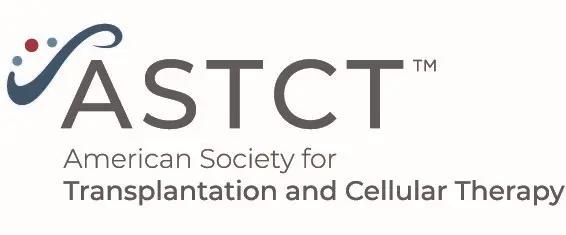Extracellular release of mitochondria induced by pre-hematopoietic stem cell transplant conditioning exacerbates GVHD
A recent study, published in Blood Advances, has identified that pre-HSCT conditioning induces the extracellular release of damaged mitochondria, exacerbating GVHD.
A recent study, published in Blood Advances, has identified that pre-HSCT conditioning induces the extracellular release of damaged mitochondria, exacerbating GVHD.

A recent study, published in Blood Advances, has identified that pre-hematopoietic stem cell transplant (HSCT) conditioning induces the extracellular release of damaged mitochondria, exacerbating graft-versus-host disease (GVHD). The research, conducted by researchers from Stanford University, demonstrates that cytotoxic conditioning regimens, such as radiation or busulfan, lead to the release of mitochondria into the extracellular space. These extracellular mitochondria (exMito) activate host antigen-presenting cells (APCs), increasing the expression of MHC-II, CD86, and pro-inflammatory cytokines. This activation enhances donor T cell responses, thereby exacerbating GVHD.
The study utilized both in vitro cell culture models and in vivo murine models to investigate the effects of pre-HSCT conditioning on mitochondrial dynamics and function. Clinically relevant doses of radiation or busulfan were shown to cause significant mitochondrial fission and damage in intestinal epithelial cells, leading to impaired mitochondrial function and increased oxidative stress. In mouse models such as BALB/c and C57BL6/J, the presence of exMito in the plasma of irradiated mice was associated with enhanced activation of APCs, increased T cell proliferation, and increases in overall GVHD severity. These findings were further validated in a cohort of pediatric patients undergoing HSCT, where elevated levels of circulating exMito were correlated with the development of acute GVHD. In these patients, those who later developed GVHD had a 6-fold higher level of exMito content on Day 0 (day of transplantation), compared to those without GVHD (Mitotracker green positive events/60ul plasma; no-GVHD = 6,023 ± 13,239 vs GVHD = 56,222 ± 61,131, p = 0.04).
The authors suggest that the release of damaged mitochondria following conditioning is a novel mechanism contributing to GVHD pathogenesis. They propose that strategies to reduce exMito release or to neutralize their effects could serve as potential therapeutic approaches to prevent GVHD. This study highlights the importance of understanding the interplay between mitochondrial dynamics, immune activation, and GVHD, offering new insights into potential interventions to improve HSCT outcomes.
Reference
Vijayan V, Yan H, Lohmeyer JK, et al. Extracellular release of mitochondria induced by pre-hematopoietic stem cell transplant conditioning exacerbates GVHD. Blood Adv. Published online May 3, 2024.
http://doi.org/10.1182/bloodadvances.2023012328